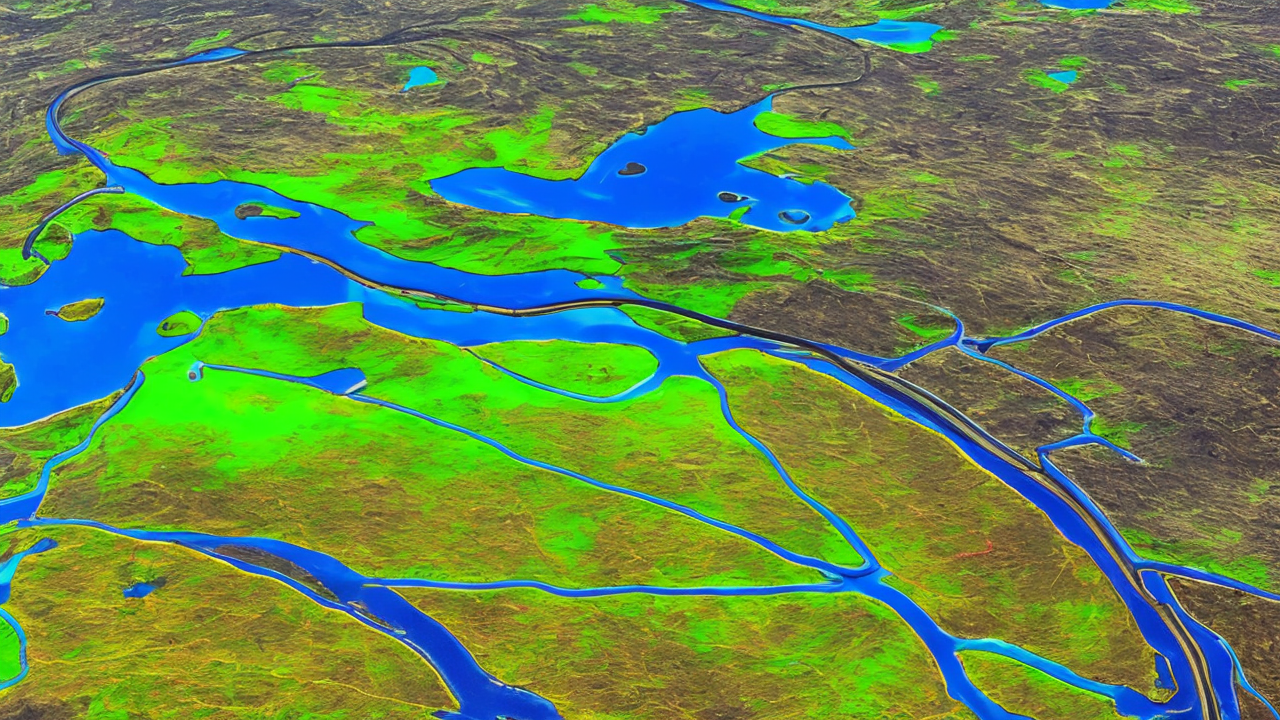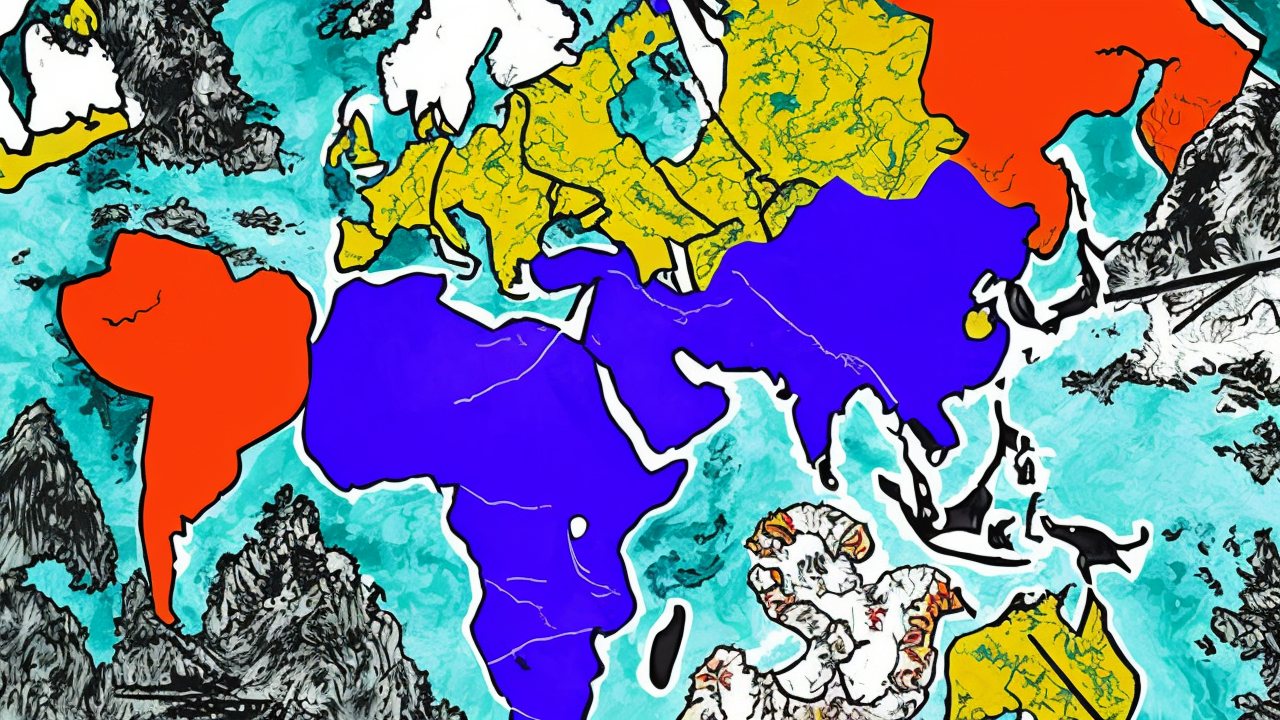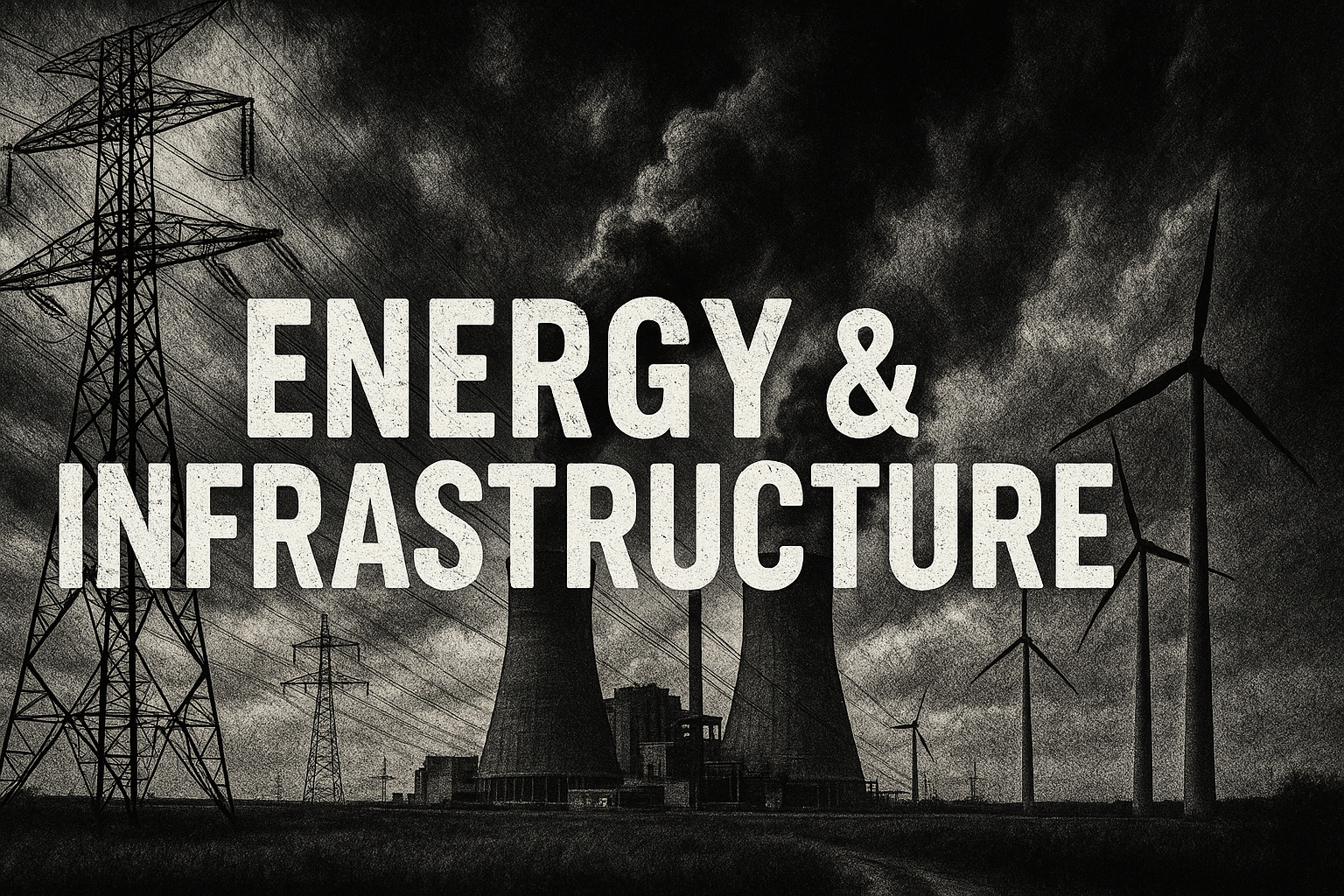Urban Heat Island Effect Causes Significant Temperature Disparities in Cities

A new study reveals that urban areas, particularly industrial centers and airports, can be up to 12°C warmer than nearby vegetated and forested areas. This findings highlight the significant impact of the urban heat island (UHI) effect on local temperatures.
Analyzing 10 global cities, researchers found that airports and industrial zones are, on average, 2.5°C to 2.8°C warmer than surrounding green spaces. In extreme cases, such as Mexico City, green spaces are up to 12.13°C cooler than the urban core. These disparities underscore how human activities and infrastructure contribute to localized warming.
The study also noted that while urban areas have warmed by +0.04°C per year over the past two decades, non-urban areas, including vegetated and water bodies, have cooled. For instance, in Chongqing, vegetated areas cooled by -0.07°C per year, while water bodies showed a cooling trend of -0.04°C per year.
This research emphasizes the need to account for non-climatic factors, such as the UHI effect, when analyzing temperature trends. It also highlights the importance of preserving green spaces and water bodies to mitigate urban warming and improve climate resilience.
Published: 8/8/2025
















